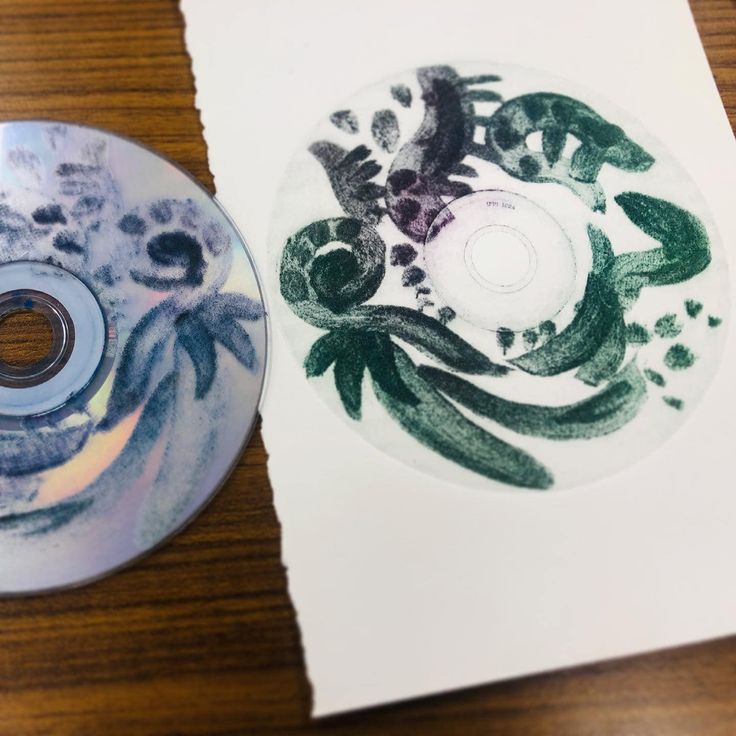CD Drypoint is a form of intaglio printmaking that repurposes old or unused CDs as printing plates. In this technique, an image is scratched into the surface of a CD using a sharp tool, ink is applied, and then the image is transferred onto paper using a printing press or hand burnishing. This method is popular among artists looking for an accessible, low-cost, and environmentally friendly way to create drypoint prints.
History of CD Drypoint
Traditional drypoint printmaking dates back to the late 15th century and was commonly used by artists such as Albrecht Dürer and Rembrandt. The technique involves scratching into a metal plate (typically copper or zinc) to create an image. Over time, artists experimented with alternative materials, leading to innovations such as plexiglass, acetate, and CDs. The rise of digital media and the decline of physical CDs made them an ideal material for artists seeking a readily available and cost-effective printmaking plate.
CD Drypoint Printing Process
The CD drypoint process follows the same basic principles as traditional drypoint but with unique adaptations due to the nature of the CD material. Below is a step-by-step guide:
Materials Needed:
Old or unused CDs
Drypoint needle, etching tool, or sharp awl
Printmaking ink (oil-based or water-based)
Inking card or soft rubber brayer
Tarlatan or scrap cloth (for wiping excess ink)
Dampened printmaking paper
Printing press or a spoon for hand burnishing
Step-by-Step Process:
Preparing the CD: Clean the surface of the CD to remove any dust, dirt, or coating that might interfere with the printing process.
Drawing the Image: Use a drypoint needle to scratch the design onto the shiny surface of the CD. Apply varying pressure to create different line qualities.
Inking the Plate: Spread a small amount of printmaking ink onto the CD and work it into the scratched lines using a piece of card or a brayer.
Wiping the Excess Ink: Use tarlatan or a scrap cloth to gently wipe off excess ink, leaving ink only in the incised lines.
Printing the Image: Place a dampened piece of printmaking paper over the inked CD. If using a press, adjust the pressure accordingly. If printing by hand, use a spoon or baren to apply even pressure.
Revealing the Print: Carefully lift the paper to reveal the transferred image. Allow the print to dry completely.

Techniques for CD Drypoint
Experiment with Line Depth: Pressing harder when scratching into the CD creates deeper lines that hold more ink and produce bolder marks.
Use Cross-Hatching and Stippling: These techniques add texture and tonal variation to the print.
Layer Multiple Colors: Apply different inks to different sections of the CD or use a gradient for a unique effect.
Enhance with Chine-Collé: This technique involves adding colored or textured paper between the print and the printing paper to create layered compositions.
Try Ghost Printing: After the first print, a lighter second print (ghost print) can be pulled using the residual ink on the plate.
CD Drypoint is an innovative and eco-friendly printmaking method that transforms discarded CDs into expressive printing plates. It allows for creativity, experimentation, and accessibility for artists of all levels. Whether you are an experienced printmaker or a beginner exploring new techniques, CD drypoint offers a rewarding and sustainable way to create beautiful prints.